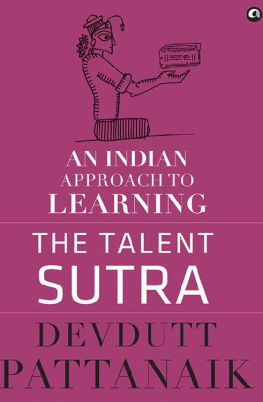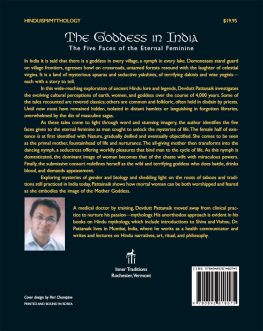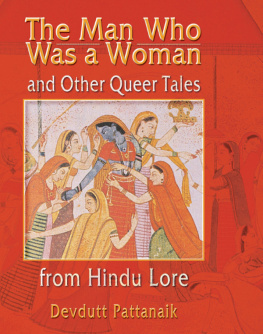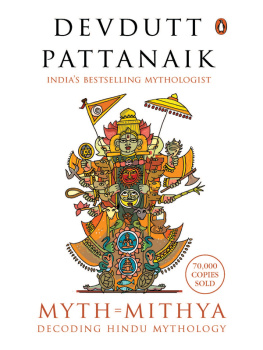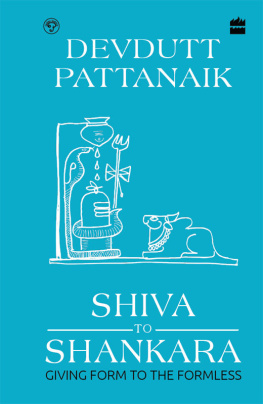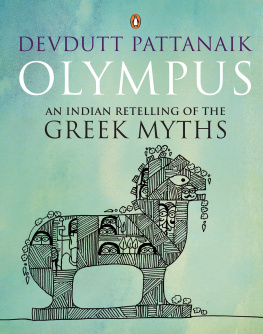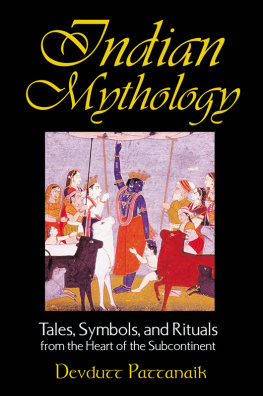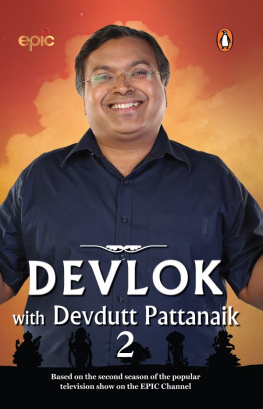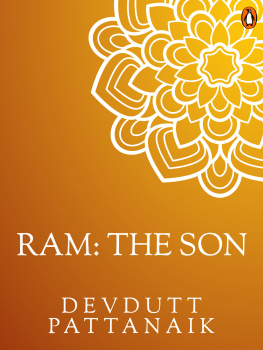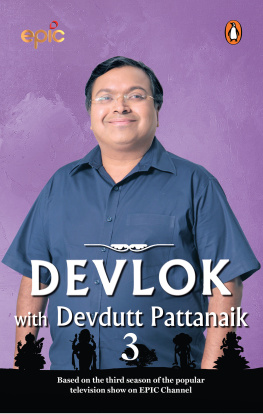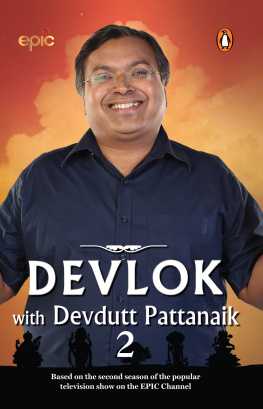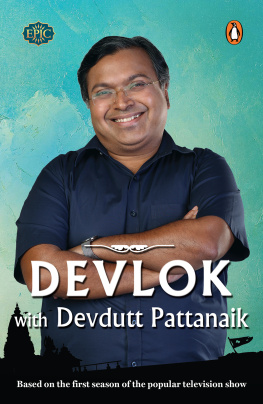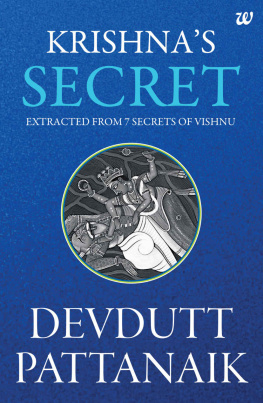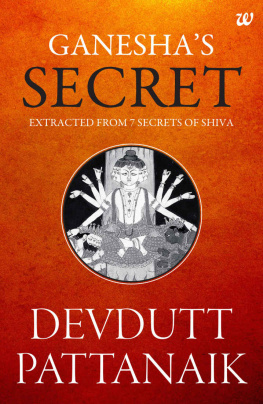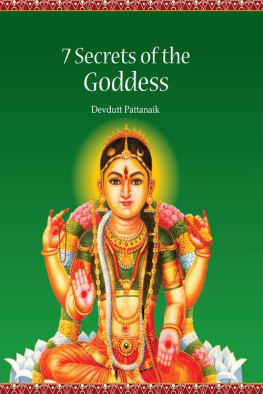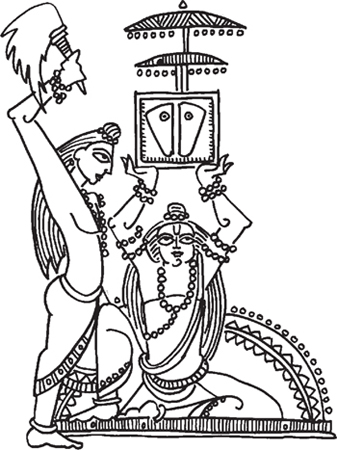An upright hero
TheRamayana, one of the most revered texts in Hinduism, tells the story of a prince called Ram.
Dashratha, king of Ayodhya, had three wives but no children. So he conducted a yagna and invoked the gods who gave him a magic potion that was divided amongst his three queens. In time the queens gave birth to four sons. Ram was the eldest, born of the chief queen, Kaushalya, Bharata was the second, born to Dashrathas favourite queen, Kaikeyi and Lakshman and Shatrughna were the twin sons of the third queen, Sumitra.
Ram completed his early education under the tutelage of Rishi Vasishtha. He was then asked to defend Rishi Vishwamitras hermitage from attacks by the demons known as Rakshasas. Accordingly, Ram killed many Rakshasas in the time that he spent under Rishi Vishwamitras care including a female Rakshasa called Tadaka. Pleased with his actions, Vishwamitra taught him many potent magical chants that transformed ordinary arrows into potent missiles.
Vishwamitra then took Ram to Mithila, capital of the kingdom of Videha. On the way, they came to the hermitage of Gautam, who had cursed his wife Ahalya to turn into stone because she had been unfaithful to him. Ram placed his foot on the stone that was Ahalya and she was instantly released from the curse, such was the purity of Rams character.
At Mithila, Ram participated in the swayamvar being held by Janaka, the king of Videha. The young prince broke the mighty bow of Shiva that was in the kings custody and by this display of strength, won the hand of Janakas daughter, Sita, in marriage. Sita was no ordinary woman. She had been ploughed out of the earth by Janaka who had then raised her as his own daughter.
On Rams return to Ayodhya, Dashratha decided it was time to pass on the crown to Ram and retire from worldly life.
Unfortunately, on the eve of Rams coronation, the maid, Manthara, poisoned Kaikeyis mind against the coronation. Thus influenced, Kaikeyi demanded that her husband grant her the two boons he had promised her years ago when she had saved his life in battle. As her first boon, she wanted her son, Bharata, to be crowned king and for the second, she wanted Ram to live as a hermit in the forest for fourteen years.
Bound by his word, Dashratha sent for Ram and informed him of the situation. Without any remorse or regret, to the amazement of all, Ram removed his royal robes and left the city of Ayodhya dressed in clothes of bark, as hermits are supposed to, armed only with his bow.
Despite protests, Rams wife, Sita, and his brother, Lakshman, followed him to the forest; Sita, because she refused to leave her husbands side and Lakshman, because he could not bear to be parted from his brother. Watching the three leave the city, overwhelmed by the calamity befalling his household, Dashratha died of a broken heart.
Much to Kaikeyis disappointment, her son, Bharata, refused to take a kingdom obtained through such trickery. He decided to live as a hermit too, outside the city gates in the village of Nandigram and serve as Rams regent until Rams return. He placed Rams footwear on the throne to proclaim Rams undisputed kingship.
In the forest, Ram, Lakshman and Sita endured the vagaries of nature stoically. Wandering from place to place, through dense forests and over high hills, they never stopped at any one place for too long. Sometimes they took shelter in caves and at others they built themselves little huts using leaves and twigs. Often they fought demons who harassed them and encountered sages such as Atri and Agastya who showered them with gifts and wise words. So passed thirteen years.


